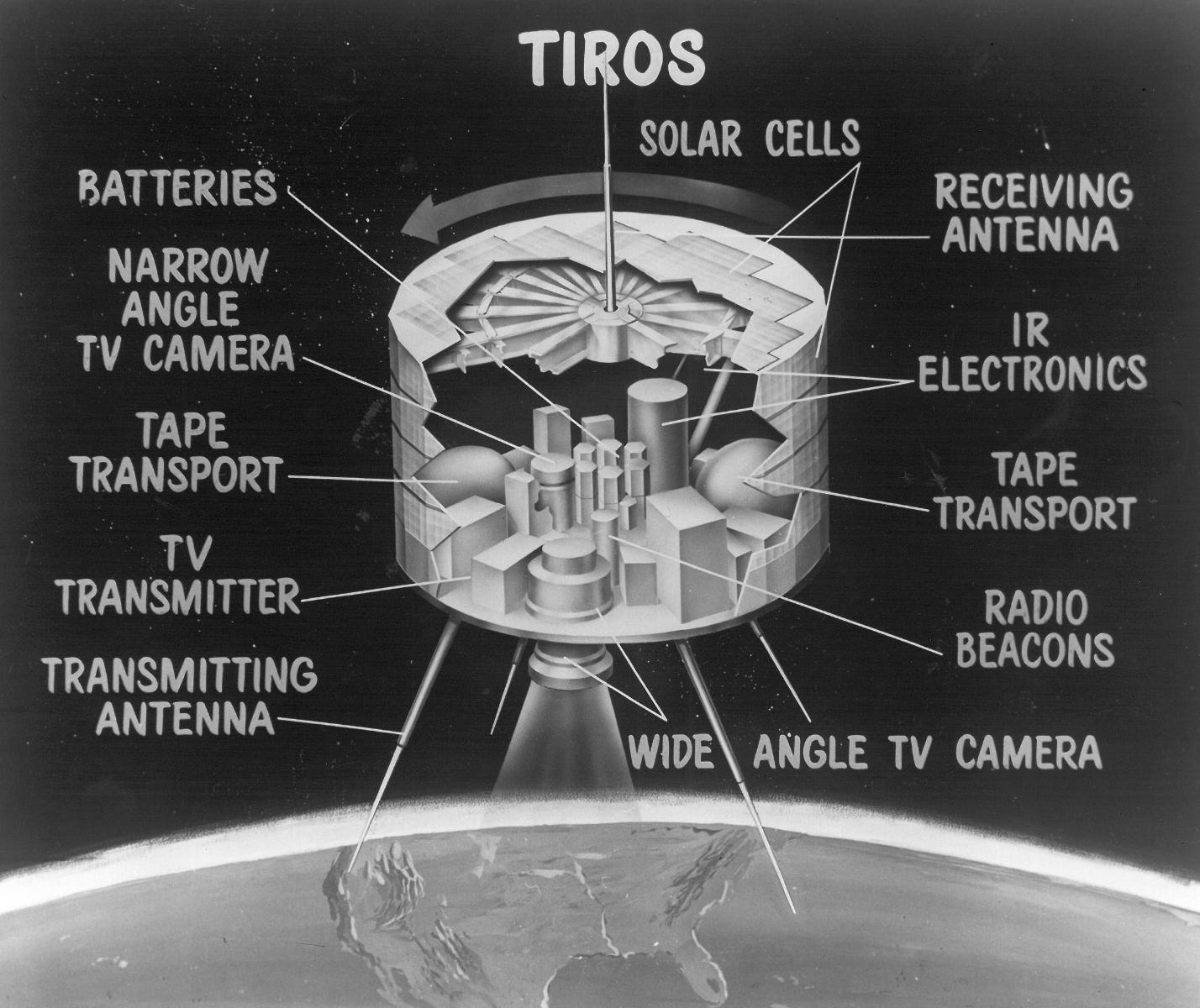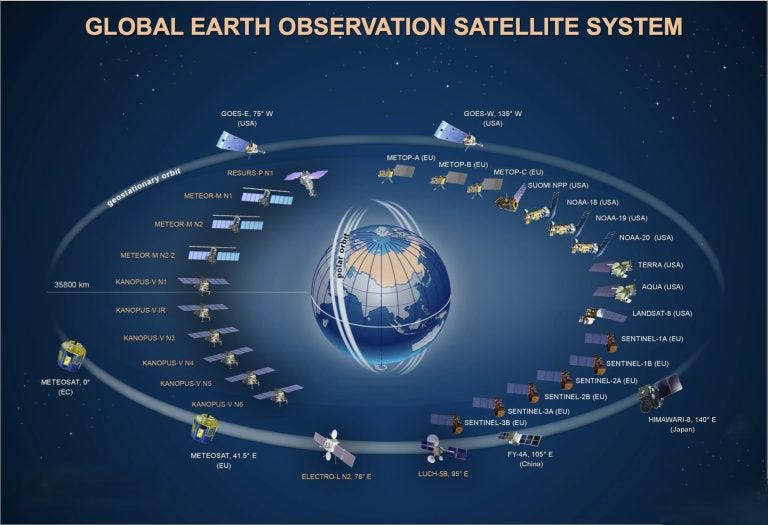Measuring sea surface temperature (SST) and the warming of the North Atlantic.
Is the satellite era sufficient in length to record multi-decadal or multi-millennial oscillations?
What are multi-decadal and multi-millennial oscillations?
Multi-decadal and multi-millennial oscillations refer to long-term patterns of variability in various climatic and oceanic parameters that exhibit cycles spanning multiple decades or multiple millennia. Regular and recurring fluctuations in temperature, precipitation, atmospheric pressure, and other climate-related variables characterize these oscillations.
Multi-decadal oscillations are often associated with natural climate phenomena and can have significant impacts on regional and global climate patterns. They can occur in different parts of the Earth's climate system, including the atmosphere, oceans, and interactions between the two. These oscillations are driven by complex interactions between internal climate dynamics and external forcings such as solar radiation, volcanic activity, and variations in greenhouse gas concentrations.
Several well-known multi-decadal oscillations include:
Atlantic Multi-decadal Oscillation (AMO): The AMO is characterized by variations in sea surface temperatures in the North Atlantic Ocean. It typically exhibits warm and cool phases that last for several decades. The AMO has been associated with changes in Atlantic hurricane activity, rainfall patterns, and even global climate conditions.
Pacific Decadal Oscillation (PDO): The PDO is a pattern of temperature anomalies in the Pacific Ocean, primarily in the North Pacific. It alternates between warm and cool phases, with each phase typically lasting for 20 to 30 years. The PDO influences weather patterns across the Pacific Rim, affecting precipitation, storm tracks, and temperature distributions.
Interdecadal Pacific Oscillation (IPO): The IPO is another mode of variability in the Pacific Ocean, encompassing both the North and South Pacific. It exhibits a longer timescale than the PDO, with alternating positive and negative phases that persist for several decades. The IPO influences climate conditions over large regions, impacting phenomena such as El Niño and La Niña events.
Several well-known multi-millennial oscillations include:
Dansgaard-Oeschger (D-O) events and Heinrich events: These events are observed in ice core records from Greenland and Antarctica and represent rapid warming and cooling periods during the last glacial period, characterized by abrupt shifts in climate conditions over a few centuries.
Bond events: These events are identified from sediment cores in the North Atlantic and represent periods of increased iceberg activity and cooler temperatures occurring approximately every 1,500 years during the Holocene epoch.
The Milankovitch cycles: These cycles include variations in the eccentricity of Earth's orbit, changes in axial tilt, and precession of Earth's axis. These variations in orbital parameters lead to shifts in the distribution of solar energy, leading to periods of glaciation (ice ages) followed by interglacial periods (warmer periods).
These oscillations can have widespread effects on weather patterns, ocean currents, marine ecosystems, and even socioeconomic activities. Understanding these oscillations and their mechanisms is crucial for climate scientists as they strive to improve climate predictions and assess long-term climate trends.
The modern satellite era…
The modern satellite era has revolutionized climate science by providing invaluable data and insights into various aspects of Earth's climate system. Since the launch of the first weather satellite, TIROS-1, in 1960, satellite technology has advanced significantly, enabling a comprehensive and global view of our planet's climate processes.
Satellites have been instrumental in monitoring and studying key climate variables, including temperature, precipitation, sea surface temperature, atmospheric composition, ice cover, and vegetation dynamics. These observations have greatly enhanced our understanding of climate patterns, long-term trends, and the interactions between different components of the climate system.
Satellite observations provide global coverage, offering a unique perspective on climate phenomena that are not easily captured by ground-based measurements alone. They allow scientists to monitor changes in climate parameters on regional and global scales.
Furthermore, satellites have been instrumental in studying the Earth's atmosphere, including the composition and distribution of greenhouse gases, aerosols, and ozone. By monitoring atmospheric parameters, satellites contribute to understanding the drivers of atmospheric pollution, assessing air quality, and studying the interactions between atmospheric composition and climate.
In addition to monitoring climate variables, satellites aid in weather forecasting and early warning systems for extreme weather events such as hurricanes, storms, and droughts. This real-time monitoring helps improve disaster preparedness, enhance emergency response, and mitigate the impacts of climate-related hazards.
However, the 63 years of satellite data represent only 0.5% of the Holocene (the last 12,000 years) and only 0.000001% of Earth’s history. Thus, satellite data, although invaluable to modern climate science, is an insufficient record for identifying long-term variations in things like sea surface temperature (SST).
Recent SST warming in the North Atlantic…
Keep reading with a 7-day free trial
Subscribe to Irrational Fear to keep reading this post and get 7 days of free access to the full post archives.



